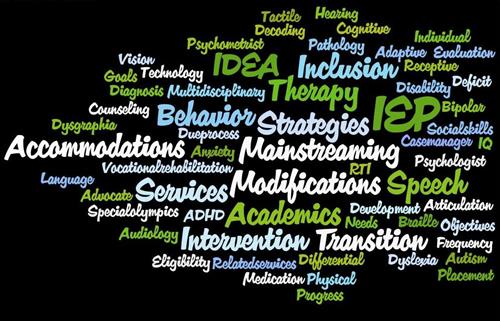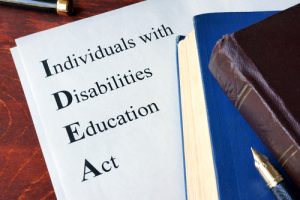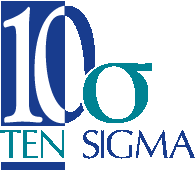
11 Apr Accommodations versus Modifications for Transition Age Students
Why is understanding the difference between an accommodation and modification challenging?
Many of us have heard the terms “modifications” and “accommodations.” These are two buzz words used throughout special education and are often used interchangeably. However, these two terms do NOT mean the same thing and have very important implications for student learning. It is important to be aware of the difference. While the Individuals with Disabilities Education Act (IDEA) does not define accommodations or modifications, there is some agreement as to what it means.

Accommodations versus Modifications
Before explaining further, it's important stress the fact that accommodations and modifications are fluid with each other. An accommodation does not reduce learning expectations. Accommodations provide access to content at grade level standards while demonstrating learning.
In comparison, a modification is an adjustment to an assignment or a test that changes the expectation or what the test or assignment is intended to measure according to a student's Individualized Education Program (IEP) Goals. The key in determining the difference between an accommodation and modification is to begin with the end in mind. Ask yourself, “What is the goal for the student to learn and master?”
If the goal is to have the student learn the same content as all students and produce the same product as other student then you do not want to provide modifications to any assignment or instructional activity related to that goal. Rather you would want to provide that student with accommodations to complete the assignment.
Technical Definitions of Accommodations and Modifications
Accommodations are supports and services provided that help or change how a student learns the material.
Examples of Accommodations
- Provide summaries of chapters or study guides before tests
- Sign language interpreters for students who are deaf;
- Computer text-to-speech computer-based systems for students with visual impairments or Dyslexia;
- Extended time for students with fine motor limitations, visual impairments, or learning disabilities;
- Large-print books and worksheets for students with visual impairments
- Using peer readers or allowing oral responses instead of written responses
Selecting and monitoring the effectiveness of accommodations should be an ongoing process, and changes (with involvement of students, parents and educators) should be made as often as needed. The key is to be sure that chosen accommodations address students' specific areas of need and facilitate the demonstration of skill and knowledge.
Modifications are individualized changes that are made to what a student is taught or expected to learn.
Examples of Modifications
- Reducing the amount of complexity of content student need to know.
- Rewording/explaining/paraphrasing test questions
- Shortening an assignment to focus on mastery of key concepts
- Shortening a spelling test to focus on mastering the functional words
- Providing a vocabulary list with definitions
Modifications will affect a student's grade. Modifications are the actual changes made to the assignment or instructional activity by the general education teachers. It is vital to consider what you want the student to get from their education. What is important?

In the end what considering the differences between accommodations and modifications, what does this mean for the student?
When deciding either accommodations or modifications it is always important to involve students in selecting, using, and evaluating accommodations. The more input students have in selecting their accommodations, the more likely the accommodations will be used. Students should see accommodations as adding value to their daily life—not only in school—but for post-secondary, career, and community life.



